In the quest for sustainability, the construction industry is increasingly turning to materials that are not only durable and aesthetically pleasing but also environmentally friendly. Artificial Marble stones are emerging as a top choice for sustainable architecture, combining elegance with eco-friendly attributes. This article explores how Artificial Marble stones contribute to sustainable building practices and highlights their role in creating green, beautiful spaces.
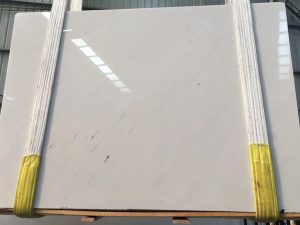
What Makes Artificial Marble Stones Eco-Friendly?
Artificial Marble stones are manufactured using natural raw materials such as minerals, clay, and feldspar. The production process involves compacting these materials under extreme heat and pressure, creating a durable and non-porous material. This process is energy-efficient and minimizes waste, making Artificial Marble stones an environmentally responsible choice.
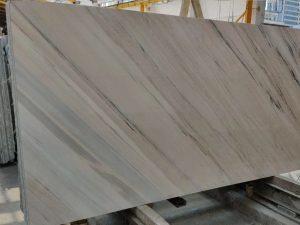
Key Environmental Benefits of Artificial Marble Stones
- Low Carbon Footprint: The production of Artificial Marble stones generates fewer greenhouse gas emissions compared to traditional building materials like concrete or ceramics. This contributes to a lower carbon footprint for construction projects using Artificial Marble stones.
- Recyclability: At the end of their lifecycle, Artificial Marble stones can be recycled, reducing the amount of waste that ends up in landfills. This recyclability is a significant advantage in promoting a circular economy within the construction industry.
- Resource Efficiency: The manufacturing process of Artificial Marble stones uses natural raw materials efficiently, ensuring minimal wastage. Additionally, the long lifespan of Artificial Marble stones means fewer replacements and repairs, further conserving resources.
- Non-Toxic and Safe: Artificial Marble stones are free from harmful chemicals and volatile organic compounds (VOCs), making them safe for indoor environments. This is particularly important for residential and commercial spaces where air quality is a concern.
Case Studies: Artificial Marble Stones in Sustainable Projects
Several green building projects worldwide have successfully integrated Artificial Marble stones, showcasing their environmental benefits and aesthetic appeal.
- Green Office Complex, Germany:
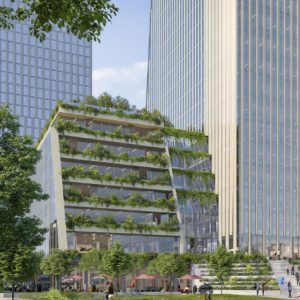
a state-of-the-art proposal by unstudio This office complex incorporates Artificial Marble stone facades and flooring, emphasizing sustainability and modern design. The project has achieved a LEED Platinum certification, demonstrating its commitment to eco-friendly building practices.
- Eco-Resort, Thailand:

The Racha – Grand Deluxe An eco-resort in Thailand uses Artificial Marble stones for its pathways, outdoor kitchens, and pool areas. The stones’ durability and resistance to tropical weather conditions make them an ideal choice for this sustainable tourism project.
- Urban Renewal Project, USA:
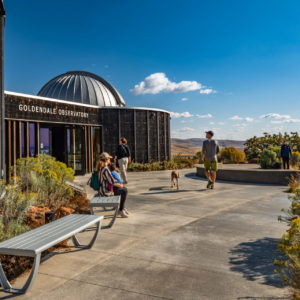
EHDD Architecture, Interiors, Planning, SF Architects In an urban renewal project in San Francisco, Artificial Marble stones are used for sidewalks, public benches, and building cladding. The project aims to revitalize the area while minimizing environmental impact, showcasing how Artificial Marble stones can contribute to urban sustainability.
Aesthetic Elegance Meets Sustainability
One of the most compelling aspects of Artificial Marble stones is their ability to combine sustainability with aesthetic versatility. Available in a wide range of colors, patterns, and finishes, Artificial Marble stones can mimic the look of natural stones like marble and granite, as well as more contemporary designs. This makes them a favorite among architects and designers who seek to create visually stunning yet environmentally responsible spaces.

Applications in Sustainable Architecture
- Facade Cladding: Artificial Marble stones are ideal for building facades, offering both aesthetic appeal and weather resistance. Their non-porous nature prevents moisture absorption, reducing the risk of mold and deterioration.
- Interior Flooring and Wall Cladding: The durability and low maintenance requirements of Artificial Marble stones make them perfect for high-traffic areas such as lobbies, hallways, and commercial spaces. Their ability to withstand wear and tear while maintaining their appearance is a significant advantage.
- Kitchen and Bathroom Surfaces: Artificial Marble stones are increasingly used for countertops, sinks, and shower walls due to their heat resistance, stain resistance, and ease of cleaning. These attributes contribute to both functionality and sustainability in residential design.
Artificial Marble stones are setting new standards in sustainable architecture, offering a combination of environmental benefits and aesthetic elegance. As the construction industry continues to prioritize sustainability, Artificial Marble stones are poised to become a cornerstone of eco-friendly building practices. By choosing Artificial Marble stones, architects and builders can create beautiful, durable, and green spaces that meet the demands of modern living while caring for the planet.
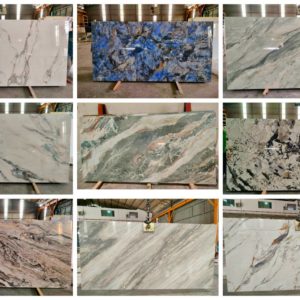
Interested in incorporating Artificial Marble stones into your sustainable architecture projects? Contact us today to explore our range of eco-friendly Artificial Marble stone products and discover how they can enhance your designs.

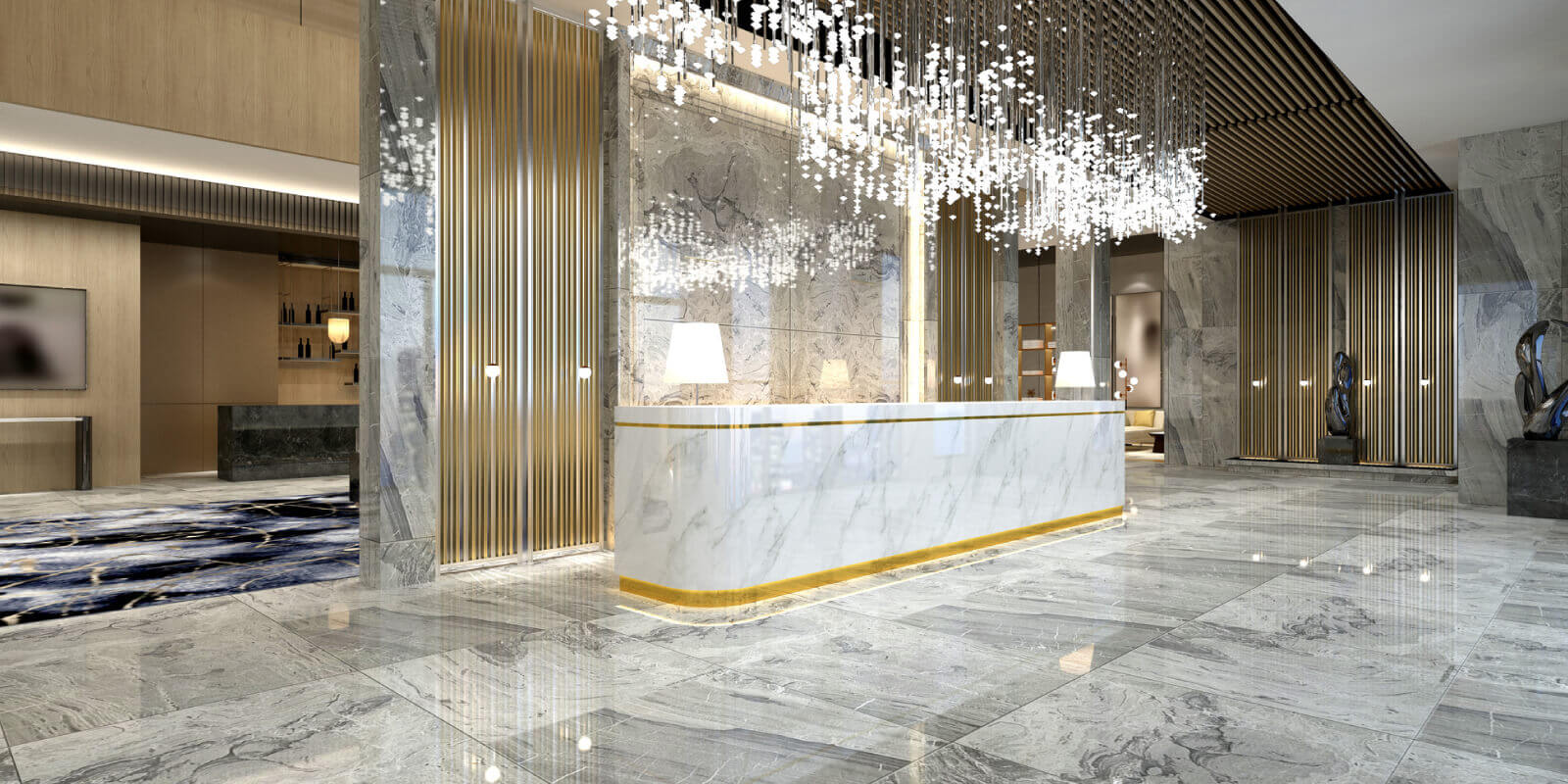
Add a Comment